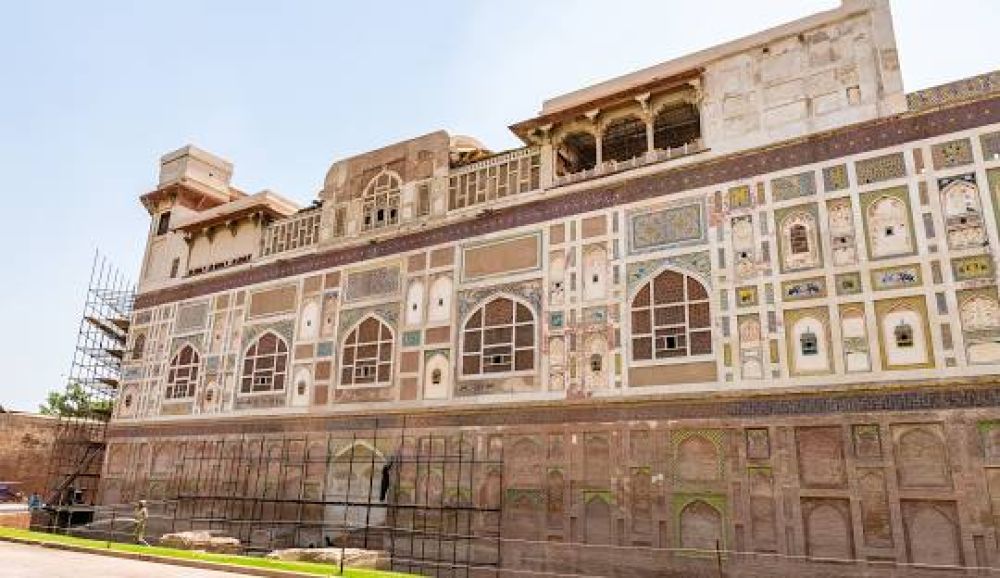

Nestled within the historic Lahore Fort, the Sheesh Mahal or the 'Palace of Mirrors' stands as one of the most extraordinary examples of Mughal architecture in Pakistan. The palace was built during the reign of Emperor Shah Jahan in 1631-32, renowned for his patronage of architecture and arts. The Sheesh Mahal represents the opulent lifestyle of the Mughal era and showcases intricate mirror work, pietra dura, and frescoes.
Over the centuries, Sheesh Mahal has witnessed a surge in its popularity with the advent of global travel. However, it was the Post-Independence era, when Pakistan came into existence in 1947, that the heritage site started gaining significant attention from local and international tourists.
With time, the Government of Pakistan, along with various cultural heritage organizations, recognized the importance of Sheesh Mahal as a primary tourist destination. Efforts were made to preserve and restore the structure, making it more accessible to the visiting public. The inclusion of Lahore Fort, along with Sheesh Mahal, in the UNESCO World Heritage Site list in 1981 further solidified its status as a must-visit historical treasure.
In recent years, there has been a strong emphasis on responsible tourism and sustainability within the region. Efforts are made to ensure that the increasing popularity of the site does not affect its preservation. The trend is to provide tourists with a comprehensive cultural experience, including guided tours that delve into the rich history of the palace, light-and-sound shows, and increased digital presence through virtual tours.
Experiential tourism has also seen a rise, with visitors looking for immersive experiences that go beyond traditional sightseeing. Local festivals, exhibitions, and craft fairs are often organized in the vicinity, providing tourists with a glimpse into Pakistan's vibrant cultural scene and offering them a chance to interact with local artisans and performers.
The latest advancements also include the introduction of e-ticketing systems and mobile applications for tourists, aimed at facilitating easy access to the site and its historical insights. Social media campaigns and digital storytelling play a significant role in appealing to younger audiences and international tourists.
Sheesh Mahal is open to the public for most of the year. Visitors are advised to check for any timings and entrance fee updates through official channels before planning their trip. As the preservation work continues, sections of the palace may be temporarily closed for restoration, so it is recommended to verify the availability of all areas within Sheesh Mahal in advance.
With its blend of historical allure and modern tourist conveniences, the Sheesh Mahal continues to be a beacon of cultural pride for Pakistan, captivating visitors with its reflective beauty and royal grandeur.